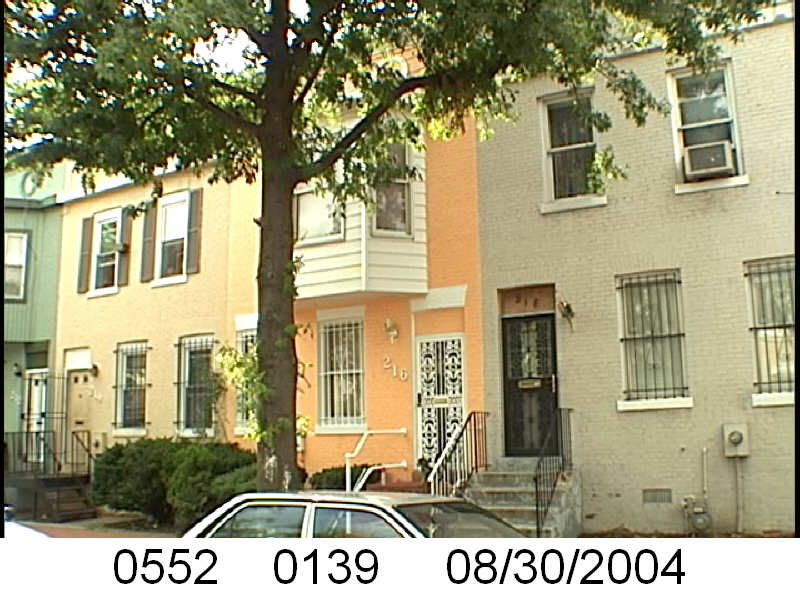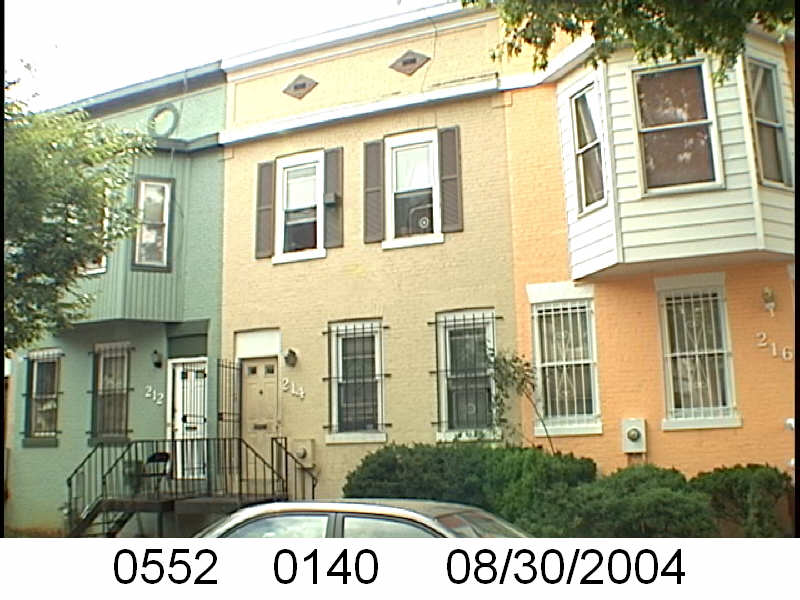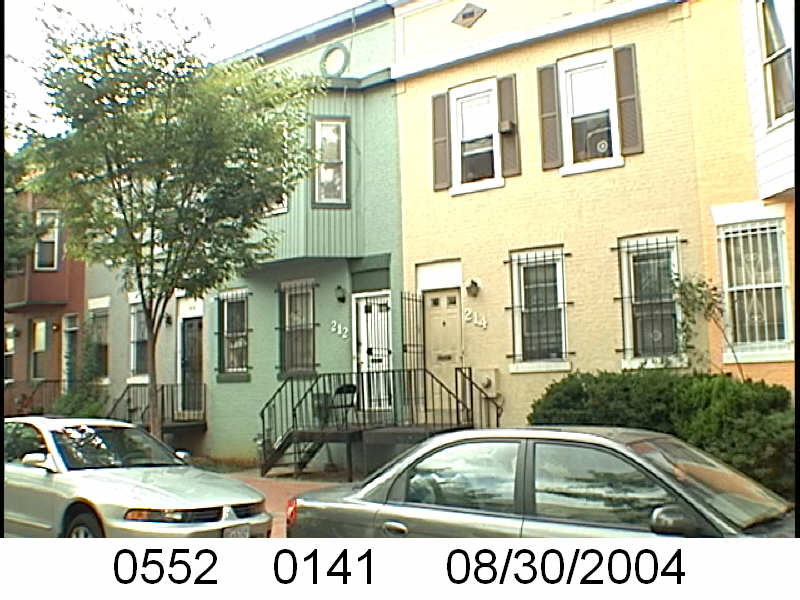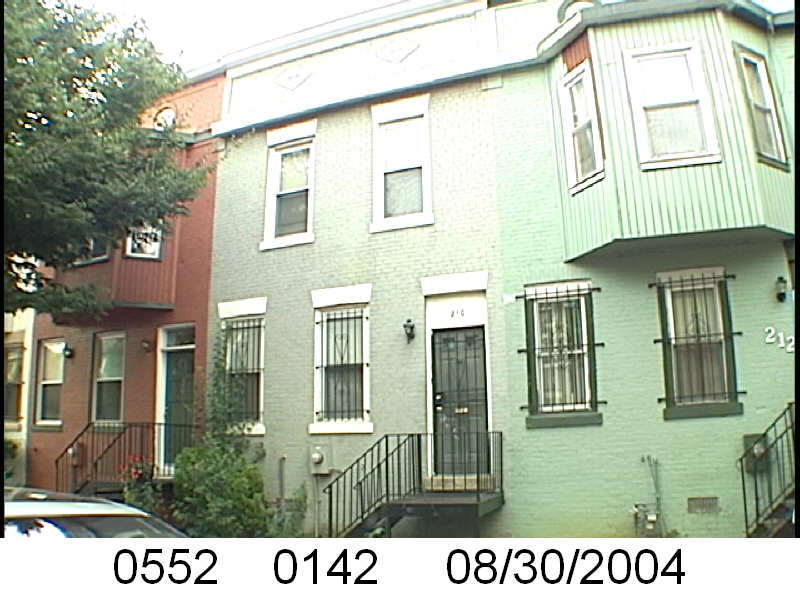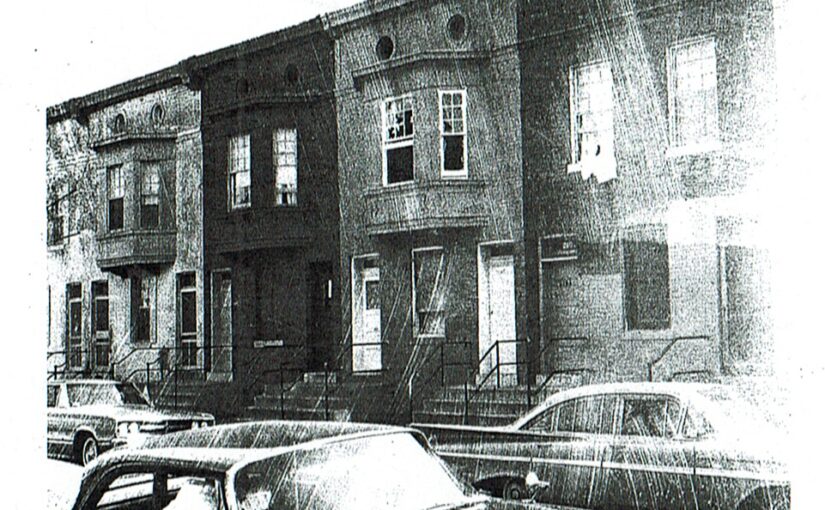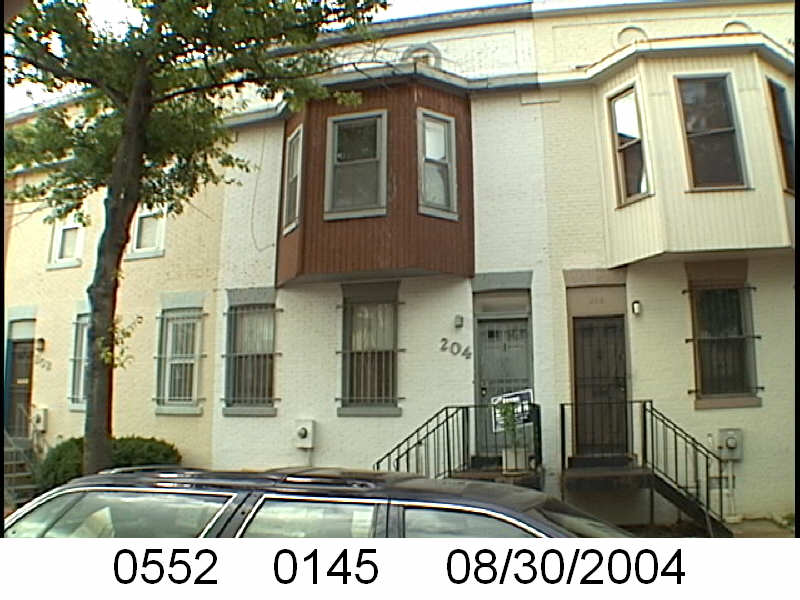The Washington Sanitary Improvement Company (WSIC) was a late 19th century charitable capitalism experiment that ended in the 1950s. This blog started looking at the homes that were supposed to be sold to African American home buyers, after decades of mainly renting to white tenants.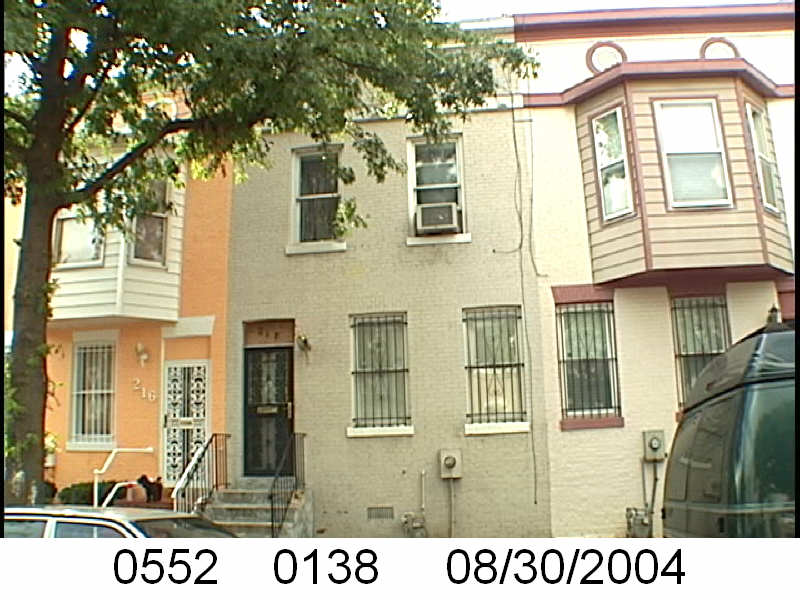
Looking at WSIC properties they tend to have a pattern where the properties were sold to a three business partners, Nathaniel J. Taube, Nathan Levin and James B. Evans as the Colonial Investment Co. for $3 million dollars. Those partners sold to African American buyers. There was usually a foreclosure. Then the property wound up in the hands of George Basiliko and or the DC Redevelopment Land Agency (RLA). Then there were the odd lucky ones who managed to avoid that fate.
Let’s see what happens with 218 Bates Street NW:
- January 1951 Evans, Levin and Taube sold one-half of 218 Bates St NW to Mage V. and Edith H. Evans.
- January 1951 the Evans borrowed $2,900 from Colonial Investment Co. favorite trustees Abraham H. Levin and Robert G. Weightman.
- December 1950 (recorded 1/18/1951) Evans, Levin, and Taube sold the other half of 218 Bates St NW to Bettie and Judge Taylor.
- December 1950 the Taylors borrowed $3,525 from trustees Abraham H. Levin and Robert G. Weightman.
- June 1957 the Taylors lost their half of the house to foreclosure and via an auction the ownership went back to Evans, Taube and new partner Harry A. Badt.
- June 1957, along with a few other properties, Harry and wife Jennie Badt sold/transferred their interest in the property to Nathan Levin’s survivors.
- November 1961, as part of a larger property package, Badt, Evans, Taube, the Levin survivors and their spouses sold 218 Bates St NW to Sophia and George Basiliko.
- May 1966 Mage Vernon Evans and wife Edith H. Evans borrowed $1,152 from the City Finance Company of Silver Spring.
- November 1966 Mage Vernon Evans and wife Edith H. Evans borrowed $1,200 from the City Finance Company of Silver Spring.
- December 1966 the Evans paid off their May 1966 loan.
- September 1967 the Evans sold their half to Raymond L. and Frances F. Rogers.
- October 1967 the Evans were released from their November 1966 mortgage.
- May 1968 the Basilikos sold their half of 218 Bates Street NW to the Rogers bringing the home under the ownership of one owner.
- August 1970 the Rodgers sold their home to the DC Redevelopment Land Agency (RLA) for $14,000.
- Sometime around 1978 – 1980 the DC RLA sold 218 Bates NW to the private partner Bates Street Associates Inc.
Just when it looked like the house would avoid the fate of being sold to the DC RLA, despite being sold to the Basilikos, it was sold to DC RLA. We have our typical WSIC house foreclosure and a sale to the Basilikos. However, the house was sold to the residing Rogers family in 1968. Yet two years later, they wound up selling the house to the DC government.
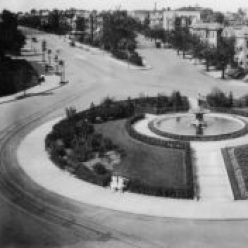
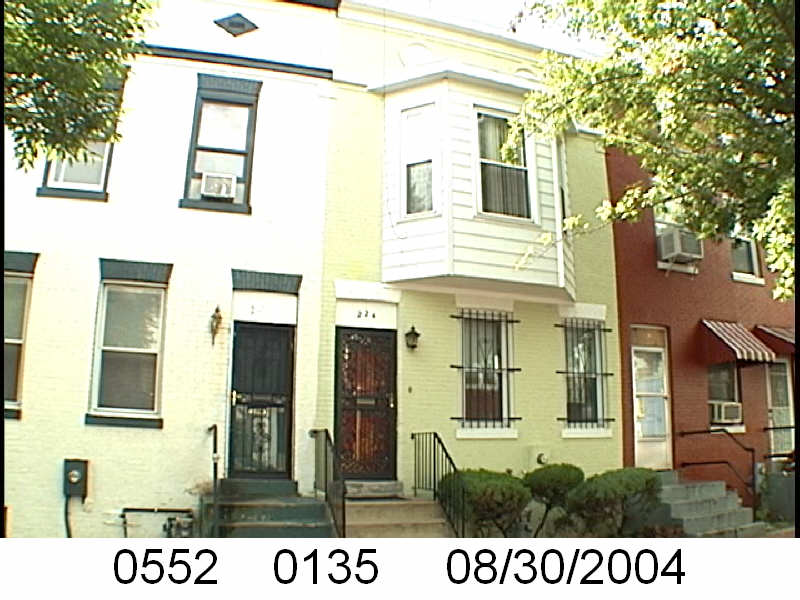
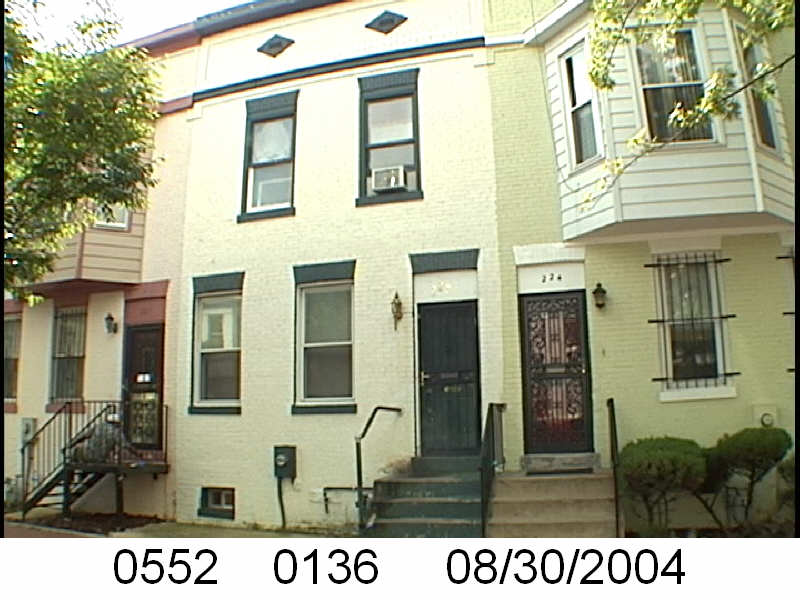
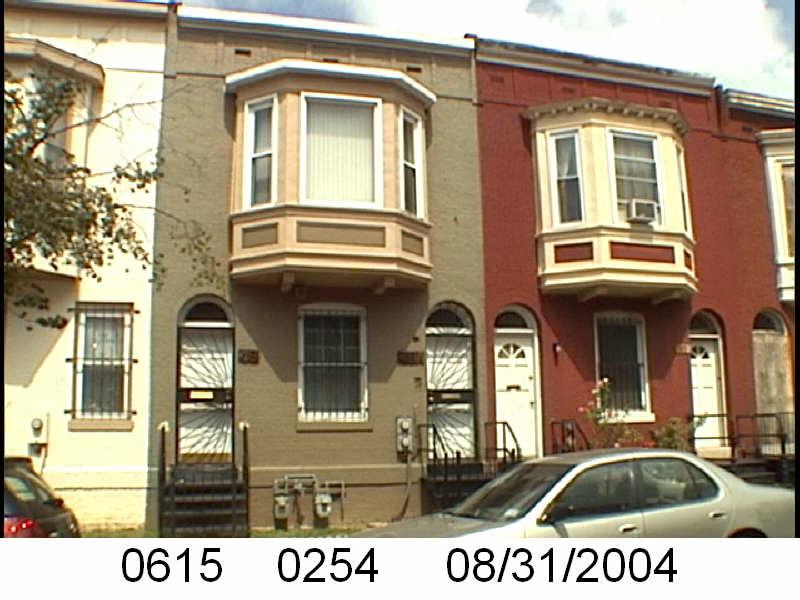
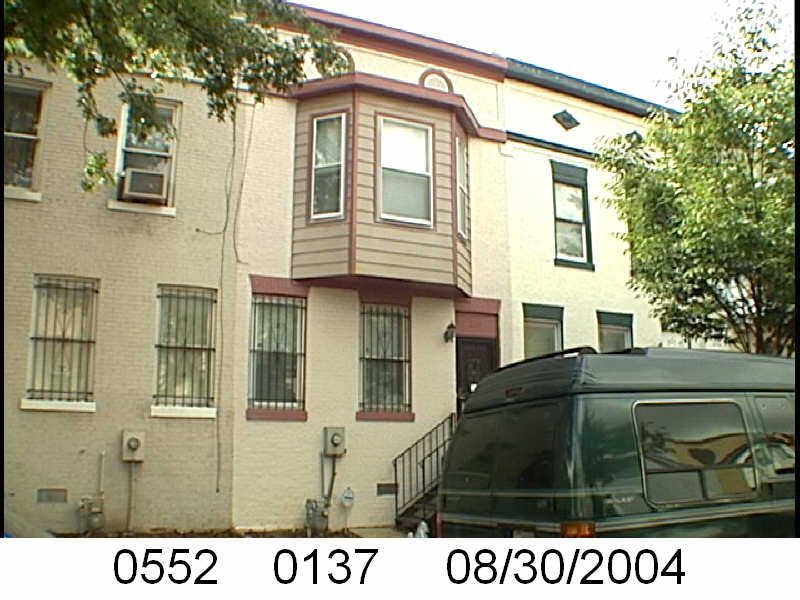 Let’s see what happens with 220 Bates St NW:
Let’s see what happens with 220 Bates St NW: